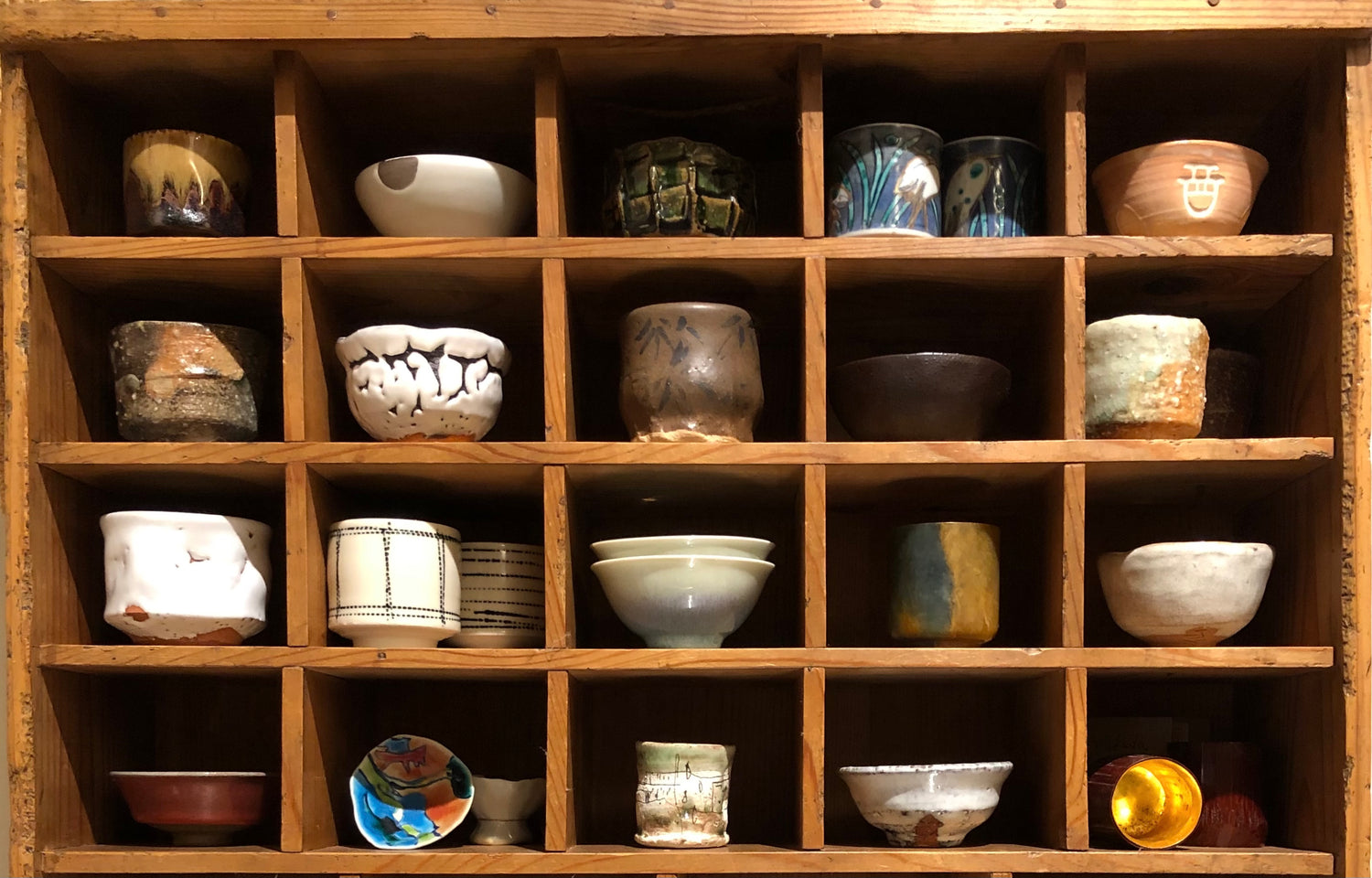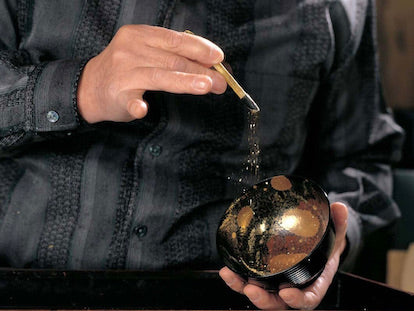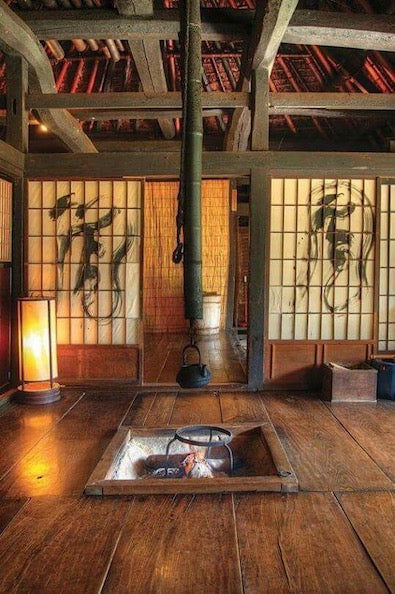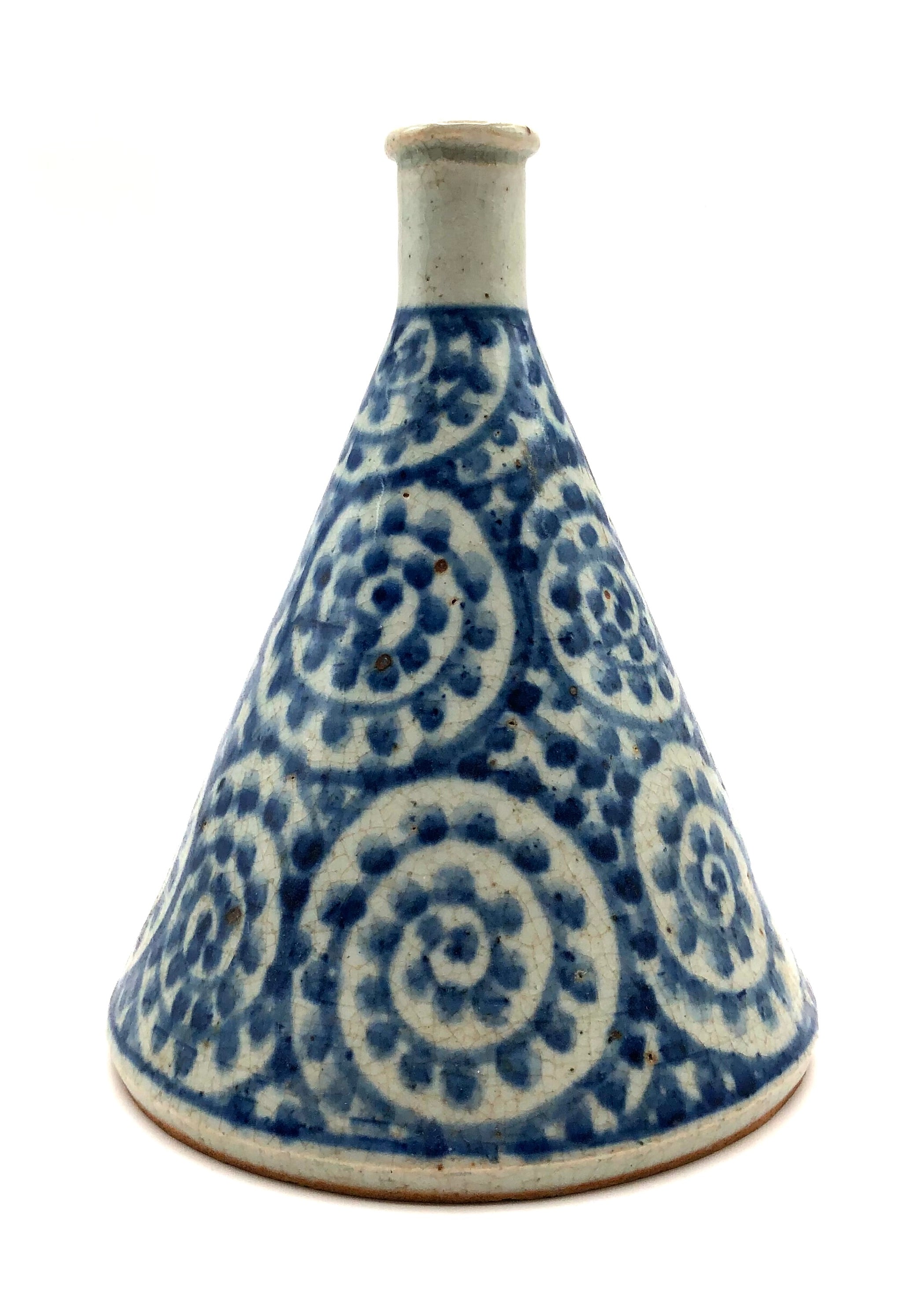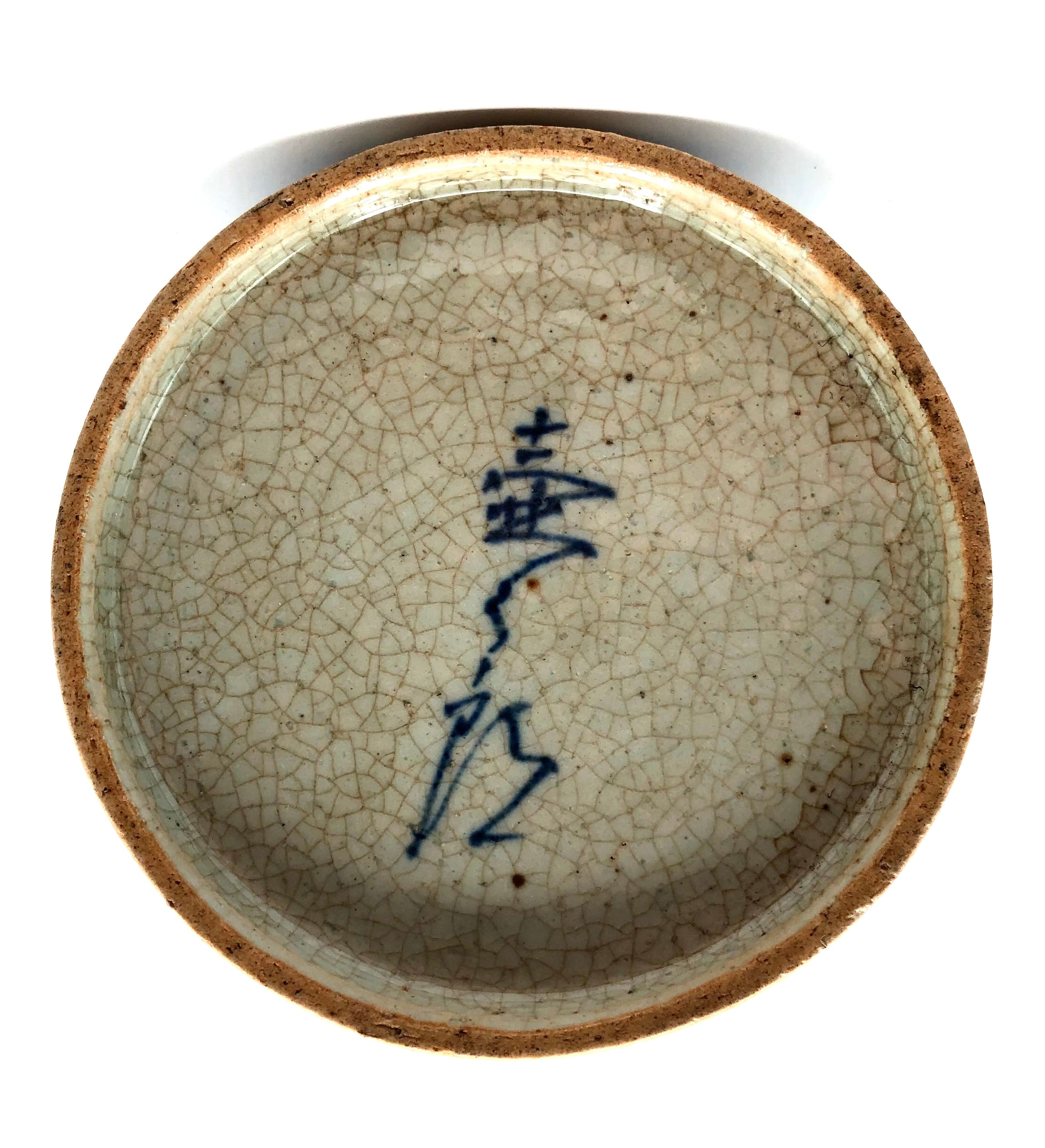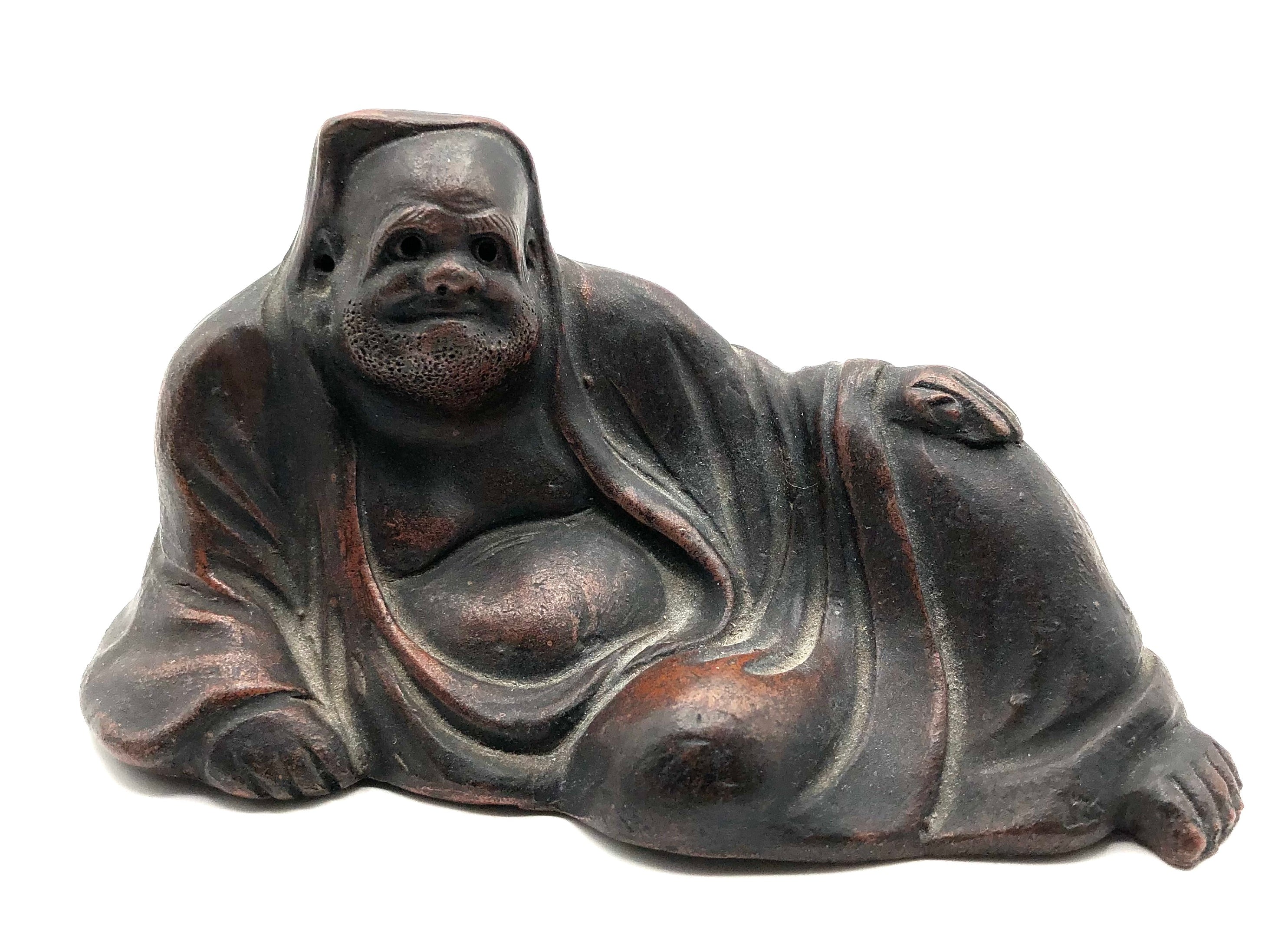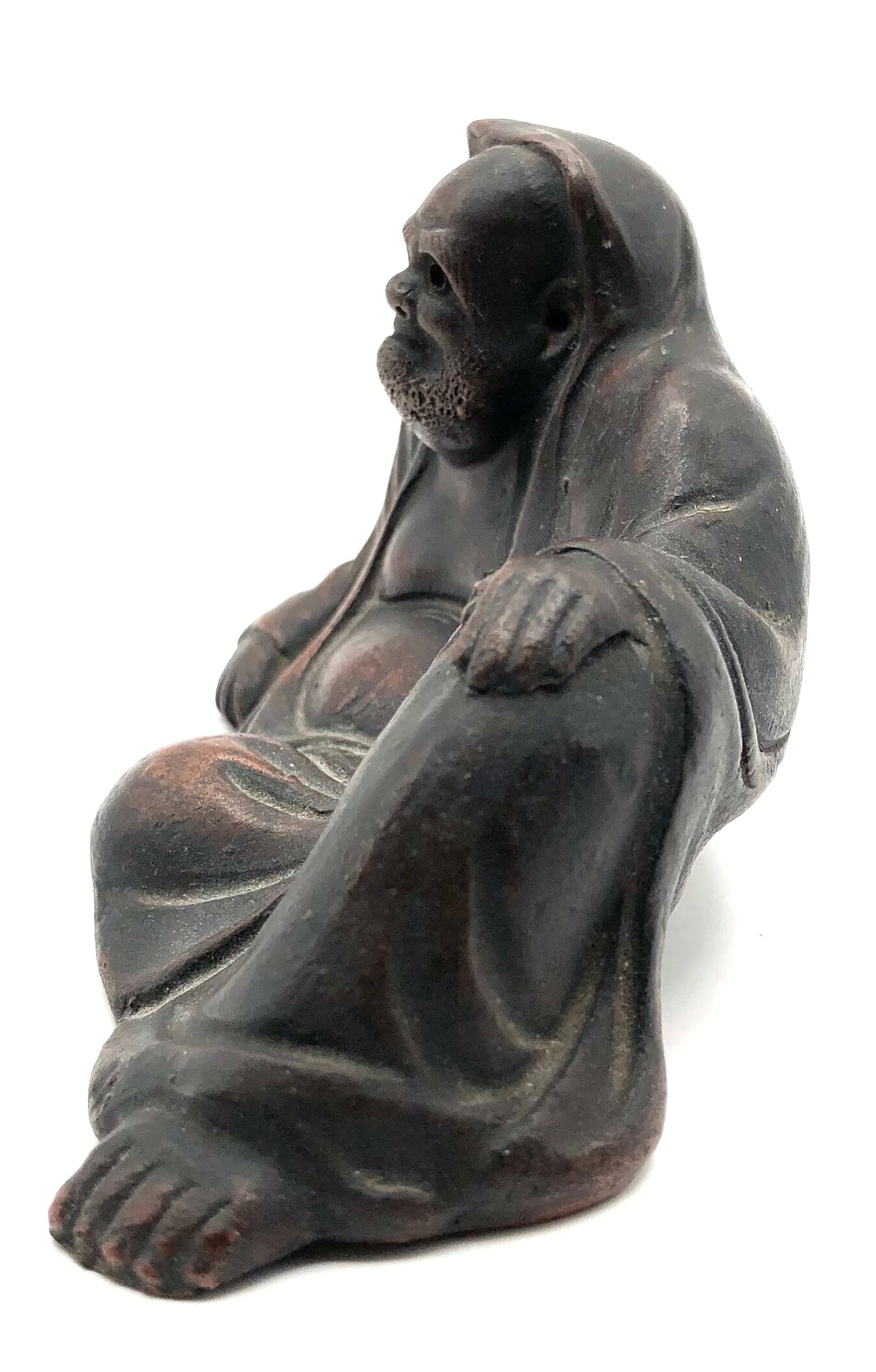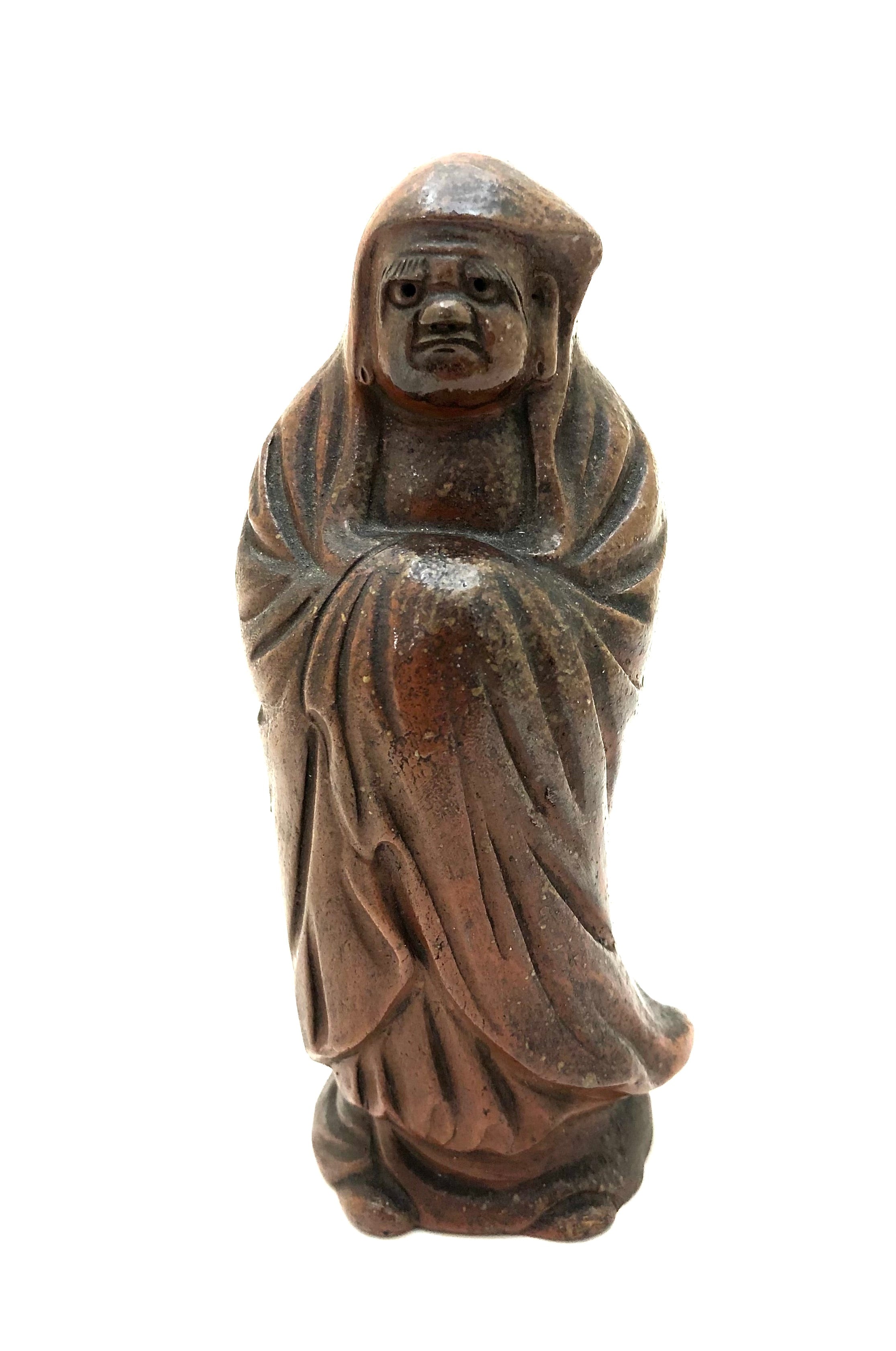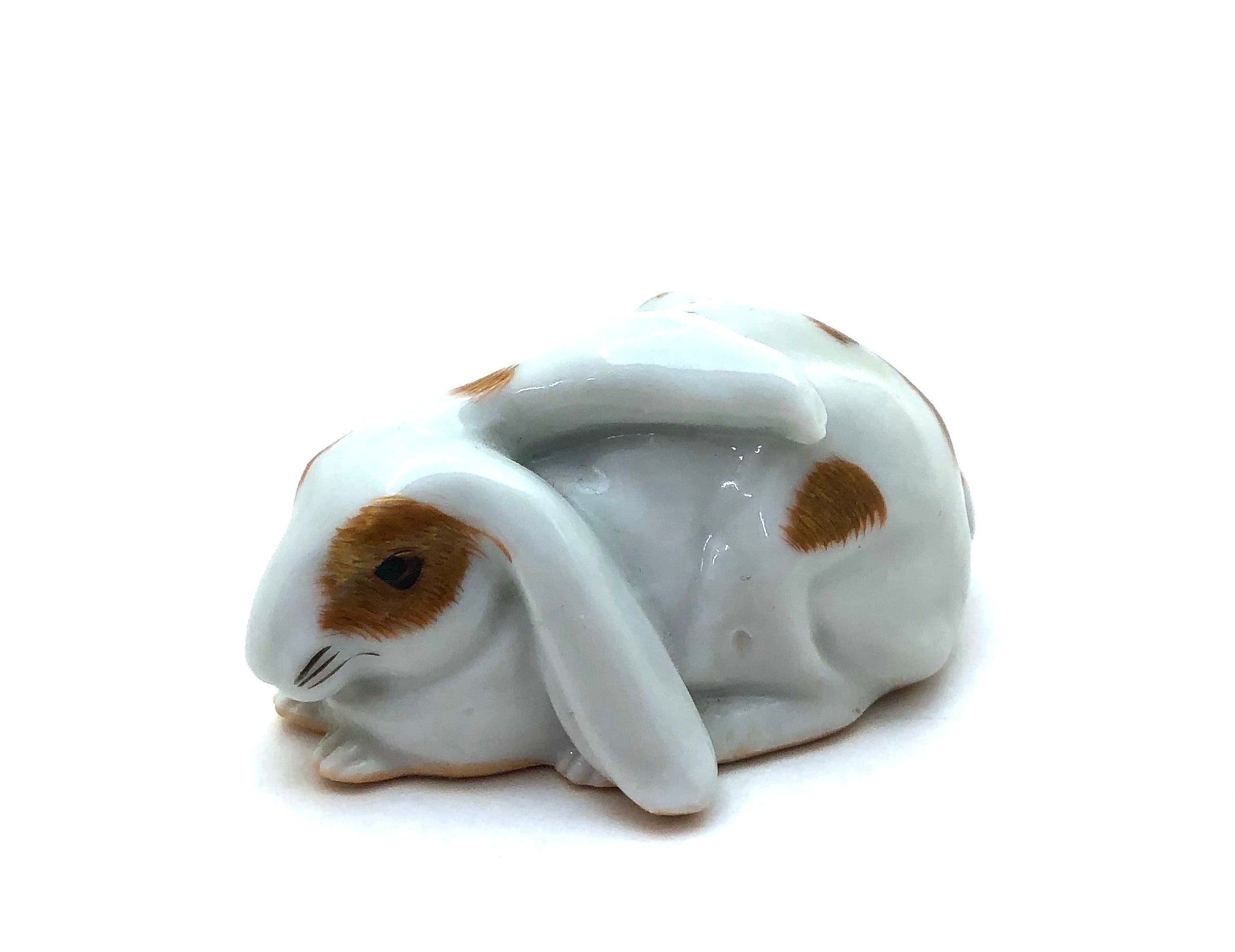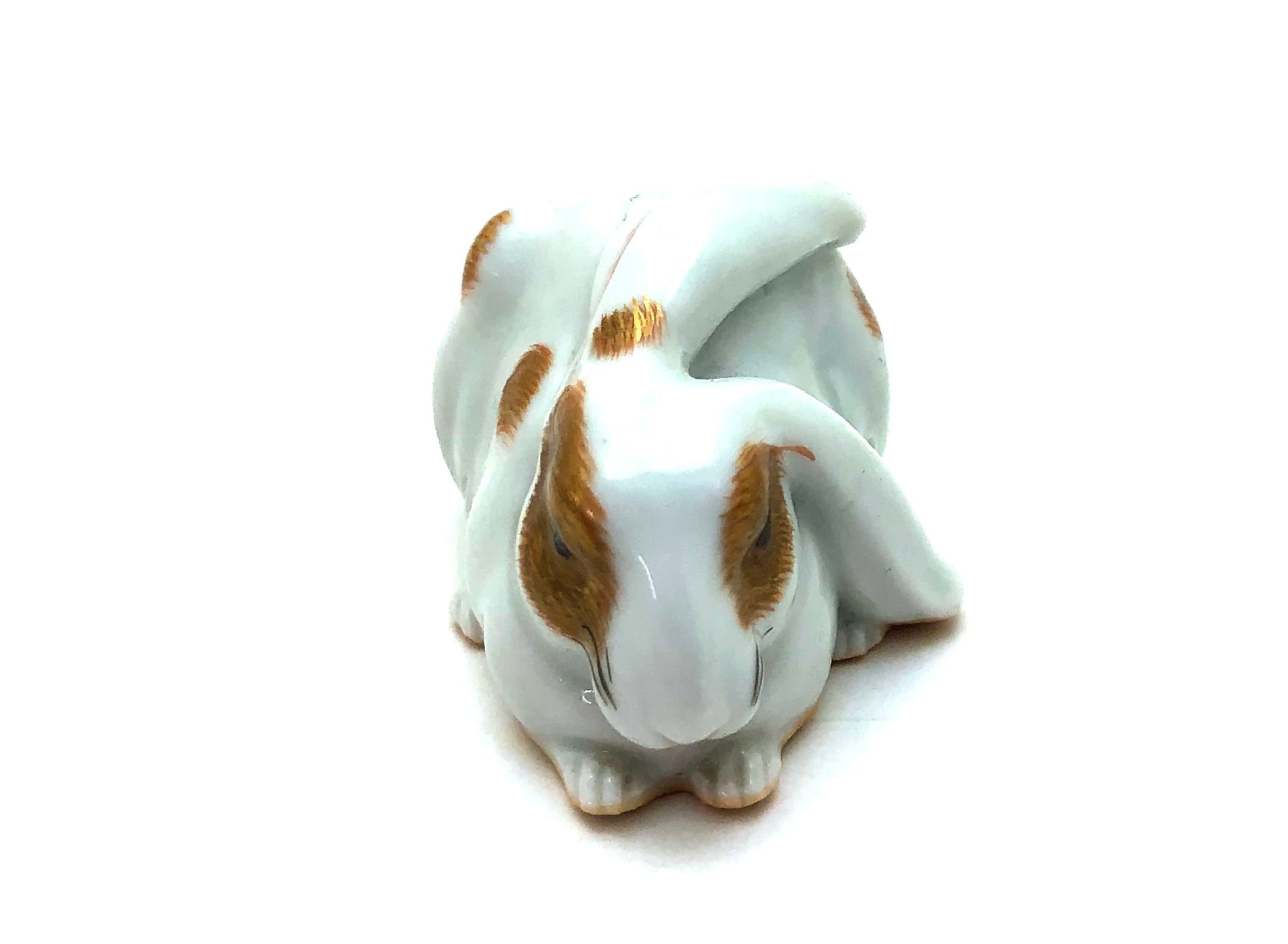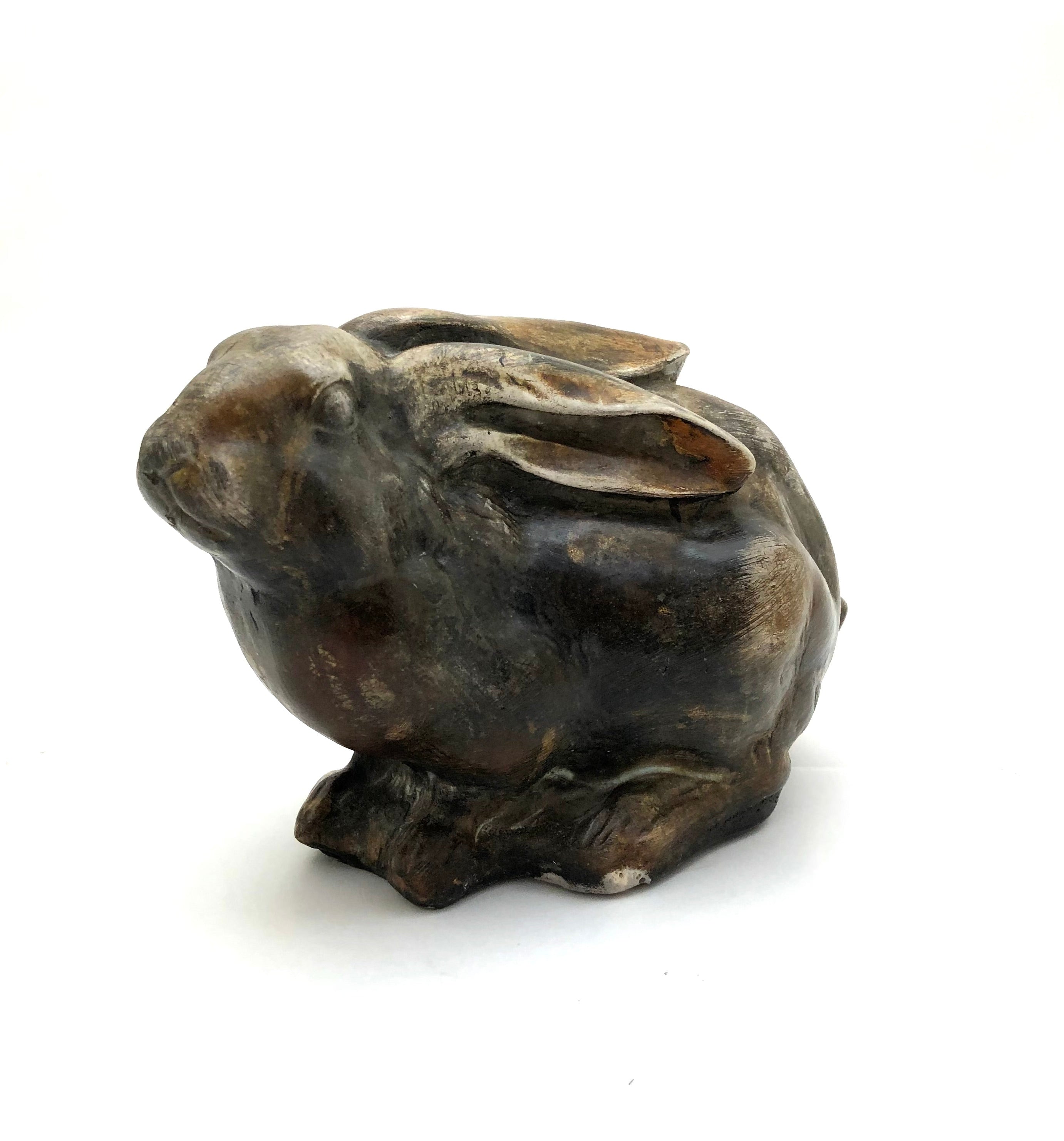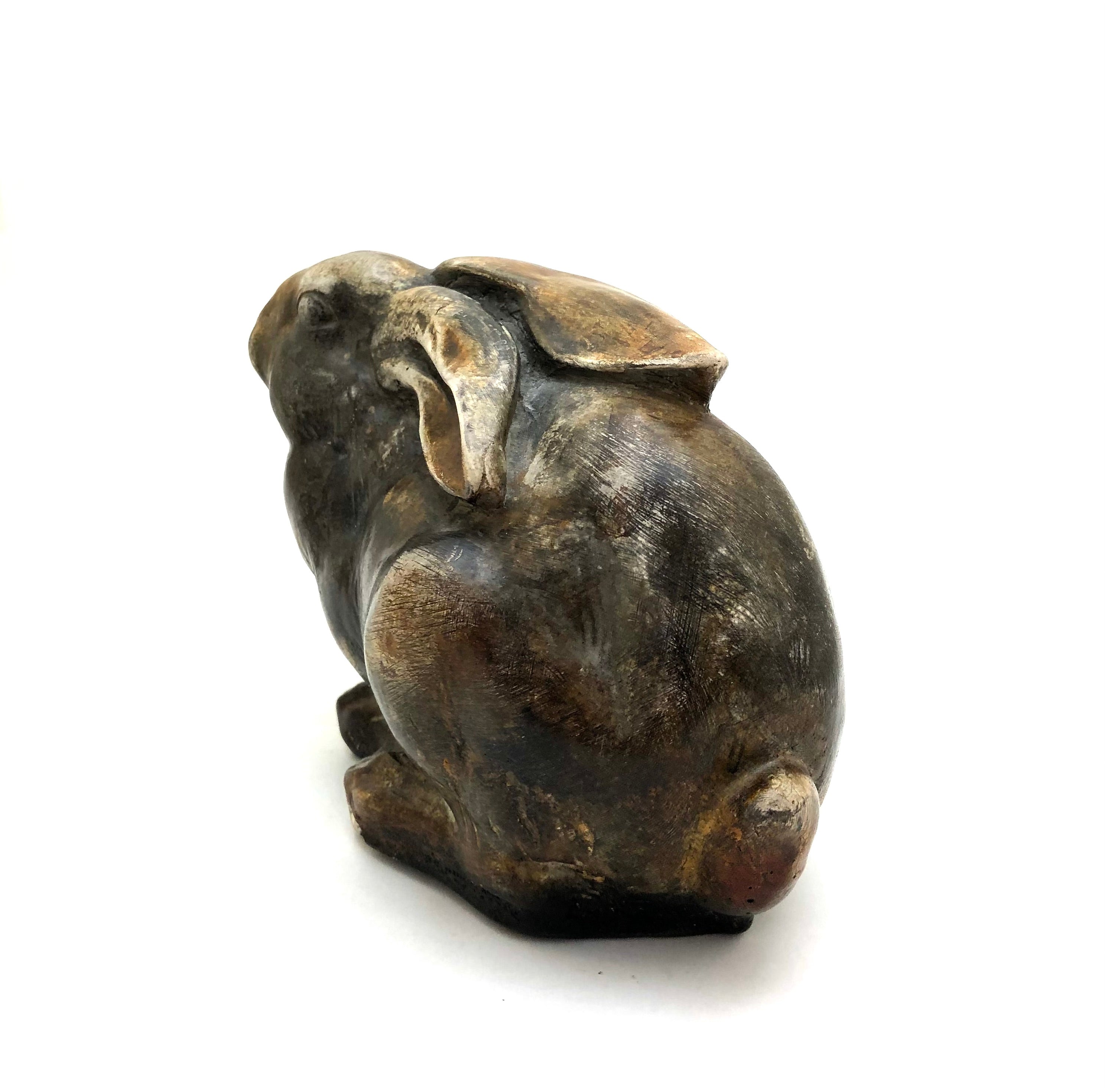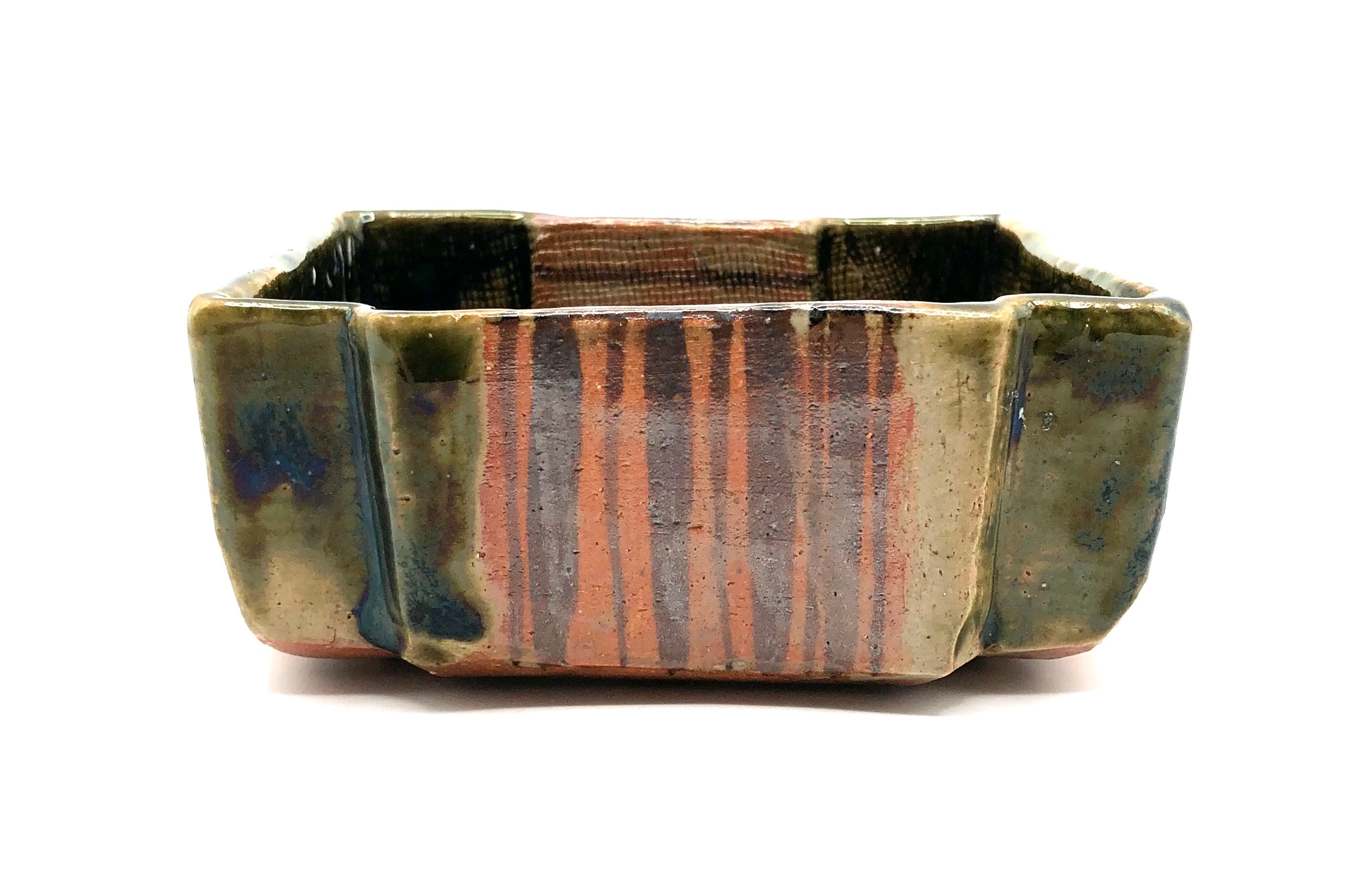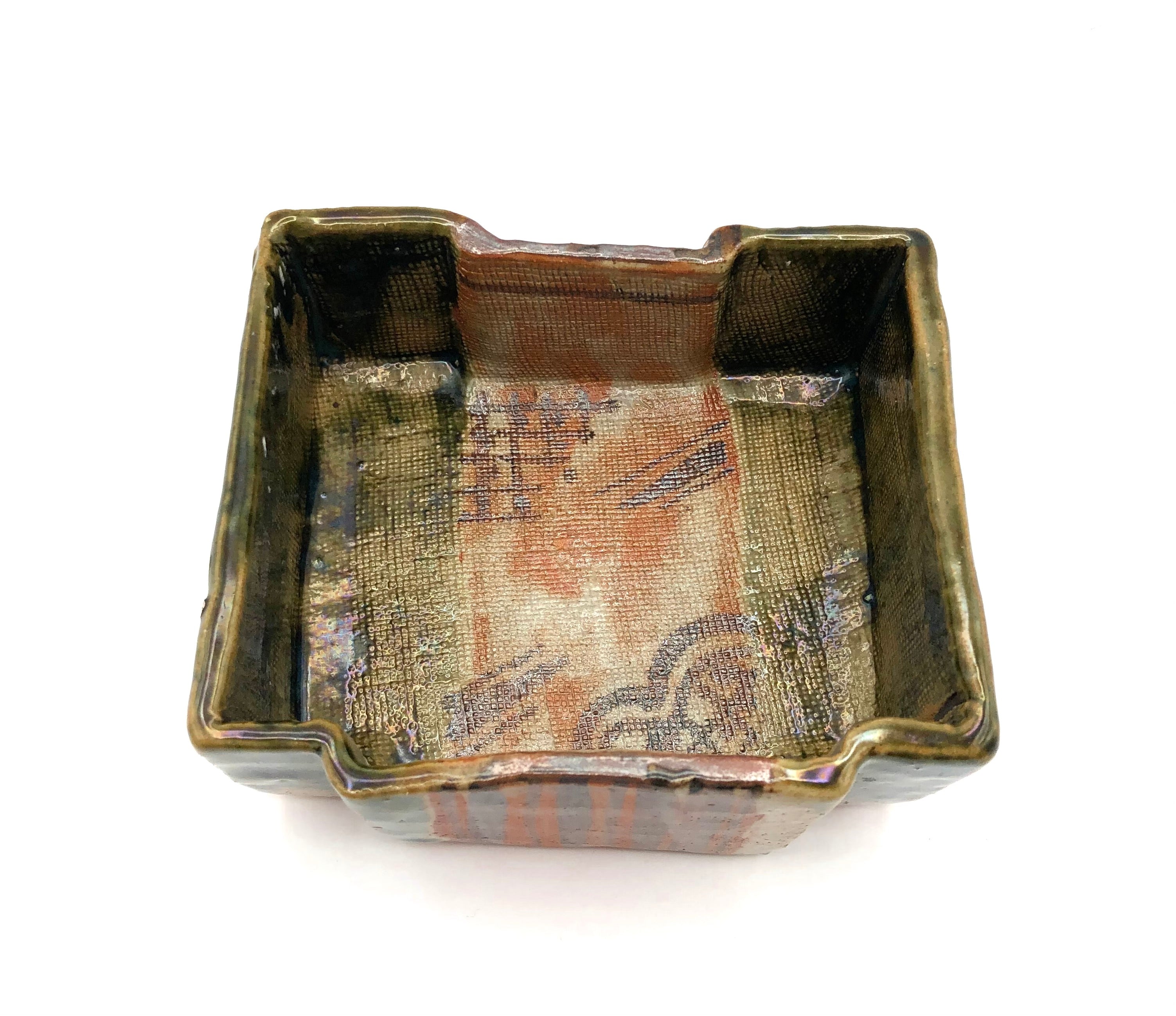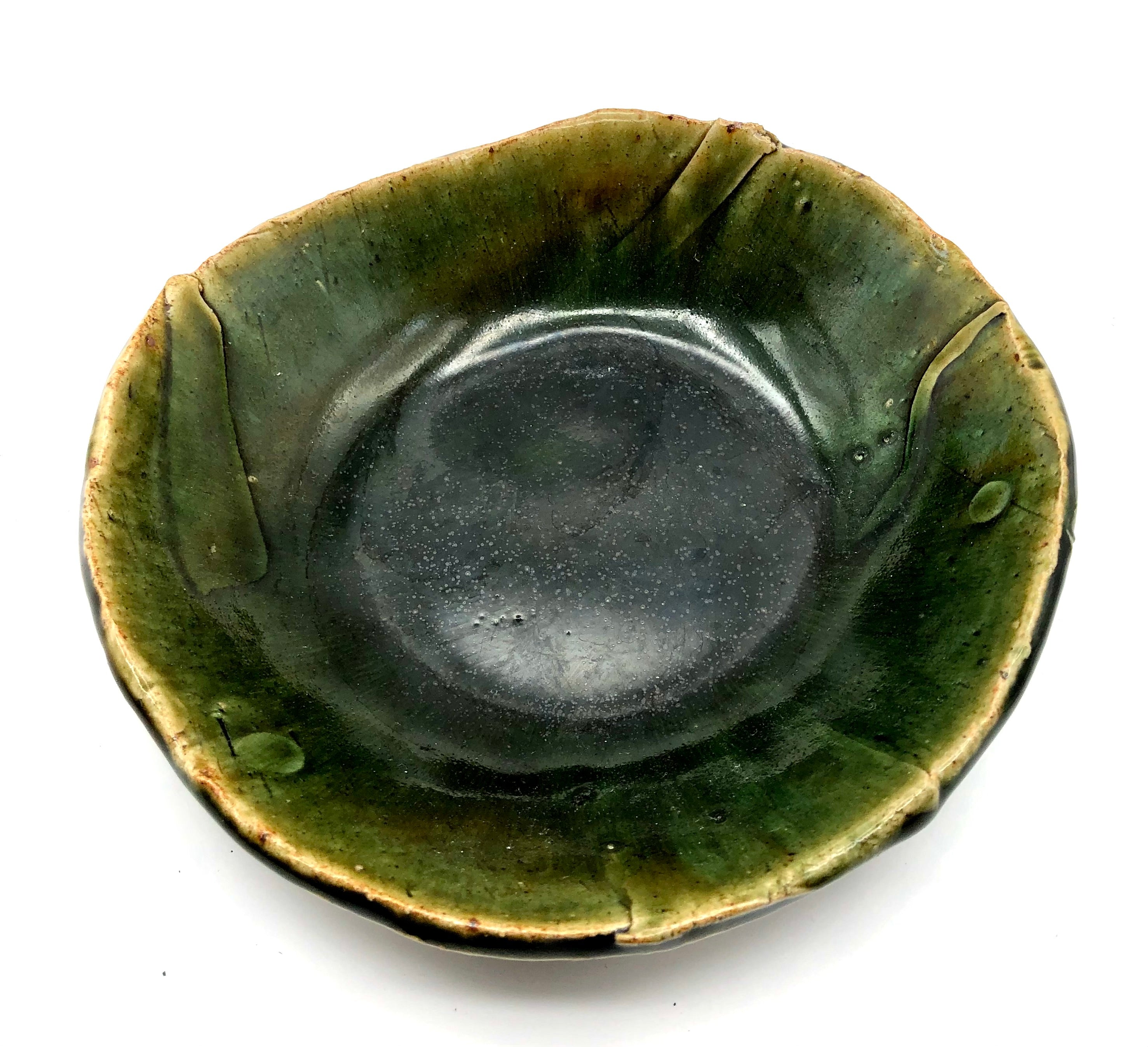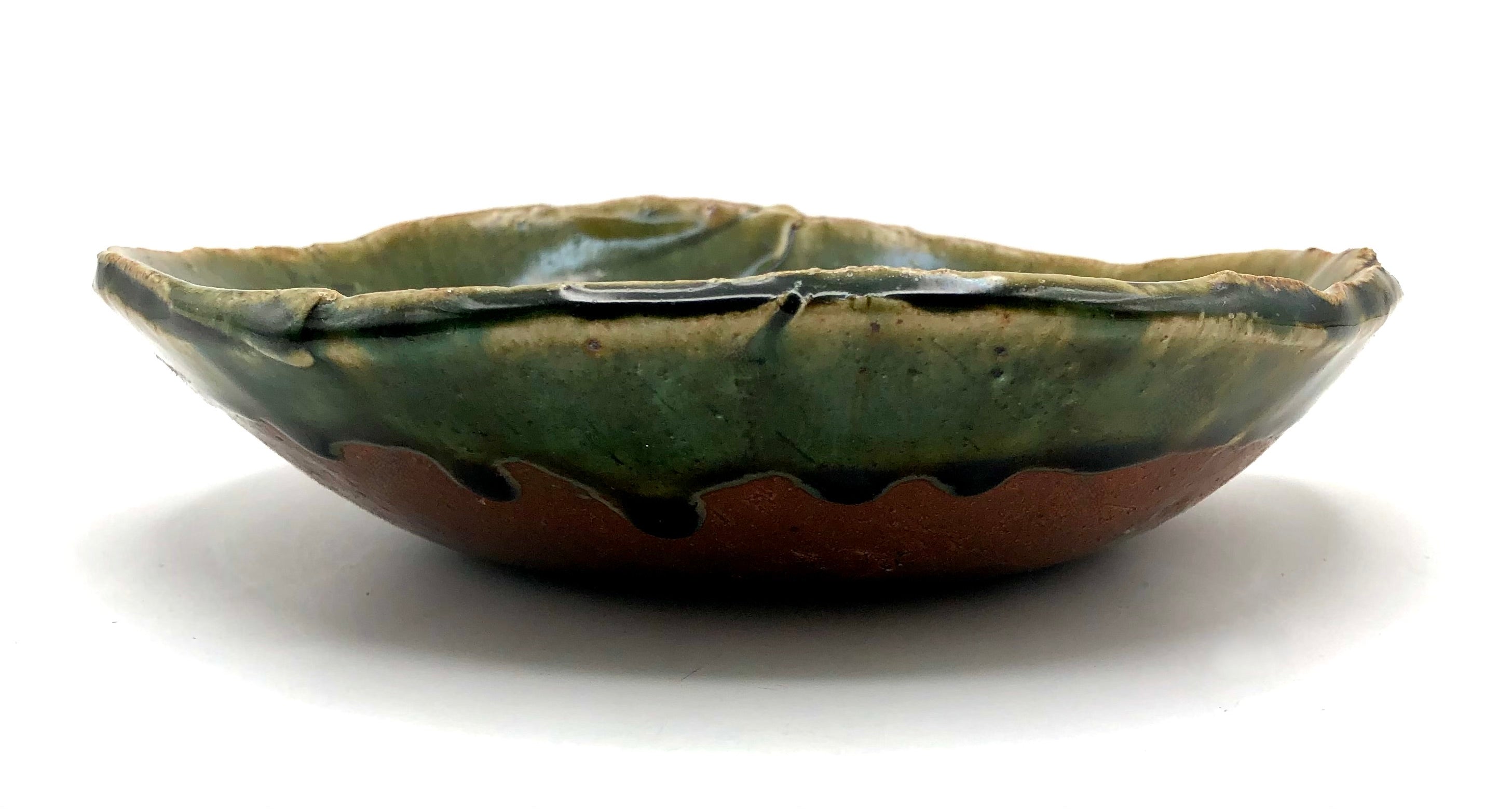Overview of Sake
Sake is a traditional alcoholic beverage made from fermented rice. Sake is a traditional alcoholic beverage in Japan. Sake is a staple food in Japan and an integral part of the Japanese lifestyle and culture. The traditional skills of chief sake makers, called tori, as well as modern scientific knowledge, have made it possible to produce varieties of high quality sake. Manufacturing of this special rice called, shuzo-kotekimai, into sake became a thriving industry during the Edo period, (1603-1868). During that period, they devised a technique to add distilled alcohol to sake in order to adjust the flavor and preserve each batch. People drank sake on special occasions, such as festivals, marriages, and funerals. Now, we can enjoy sake any day supporting get togethers among workers and friends.

A sugidama (cedar ball) is the recognized symbol of a Japanese sake brewery and hung outside the brewery when new sake was brewed and the green leaves would gradually turn brown, thus showing the age of the sake being offered. Sake production was initially a government monopoly until the 10th century, when temples and shrines started brewing their own. The temples would become the primary distilleries of the drink for centuries, until it was taken over by numerous breweries throughout the country.

The Japanese have developed a wide range of vessels for drinking and decanting sake, fashioned from a variety of materials that include clay, porcelain, wood, and glass. Traditional Japanese containers called Masu, which can either be square unfinished wood or lacquer for which both types hold the sake cup. “Mokkiri-zake”, is a practice in which the Guinomi (Sake cup is placed in the Masu and filled until it overflows filling the the container. This type of serving is to symbolize overflow good fortune to the drinker throughout his or her life. Guinomi, are small sake cups and comes in various materials and shapes, and it is believed that the taste of high-quality, delicate sake which is said to change depending on the size of the cup. Guinomi typically have a shape that allows the fragrance of the sake to gently waft upward. Sakazuki (wide-mouthed, flat sake cup); and Tokkuri, (Sake Flask from which to serve the sake into a Guinomi). Sakazuki only holds a few sips are mainly used in Shinto rituals and ceremonies like weddings. The Sakazuki cups are often beautifully decorated, and are usually made of porcelain, clay, or lacquered wood. And finally there are Shuki, wooden Guinomi and Tokkuri vessels, which have the fragrance of cedar which harmonizes with the sake, making it mild and extremely pleasant.


